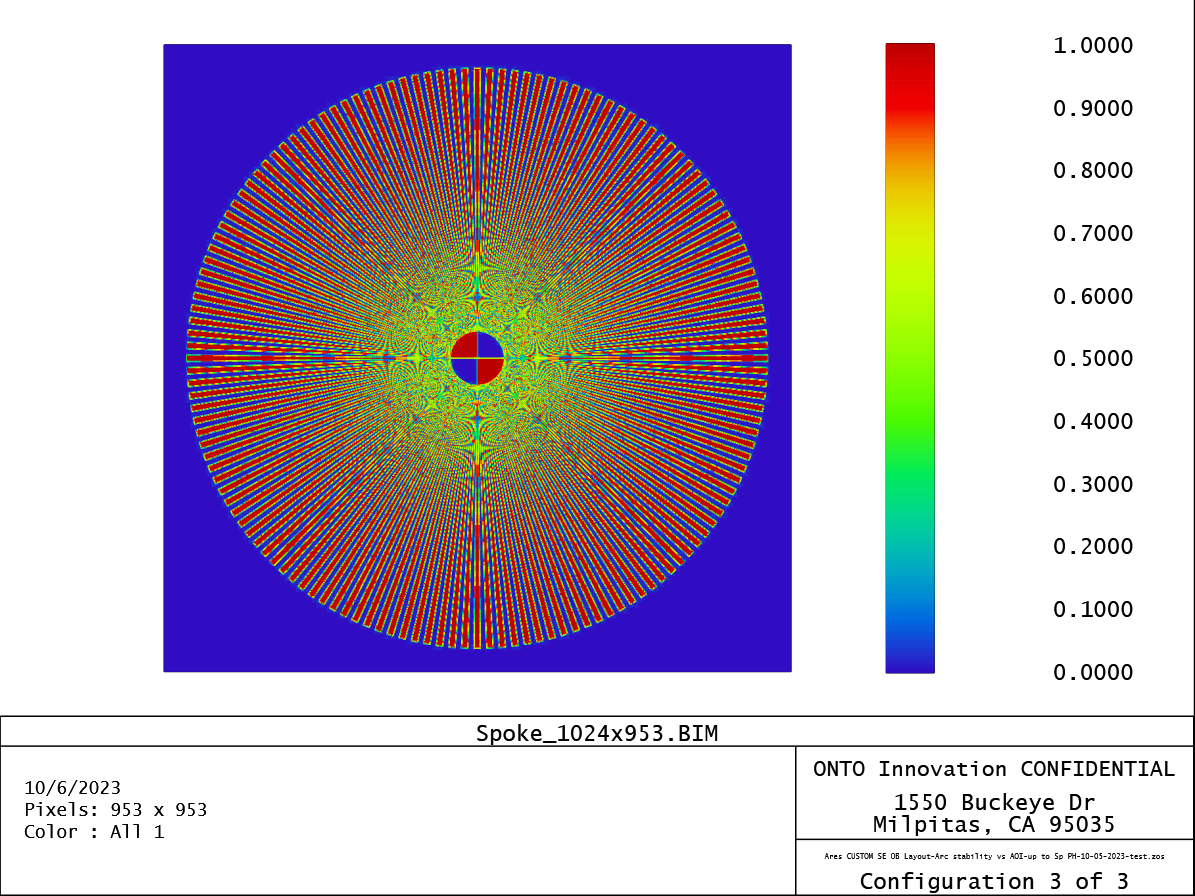The download contains a Python script a script to write an image (JPG) into a Binary BIM Image file. The PNG, GIF, TIFF, and BMP should also be supported but haven't been tested.
Click here to download | |||
|---|---|---|---|
| Date | Version | OpticStudio Version | Comment |
| 2022/01/01 | 1.0 | - | Creation |






